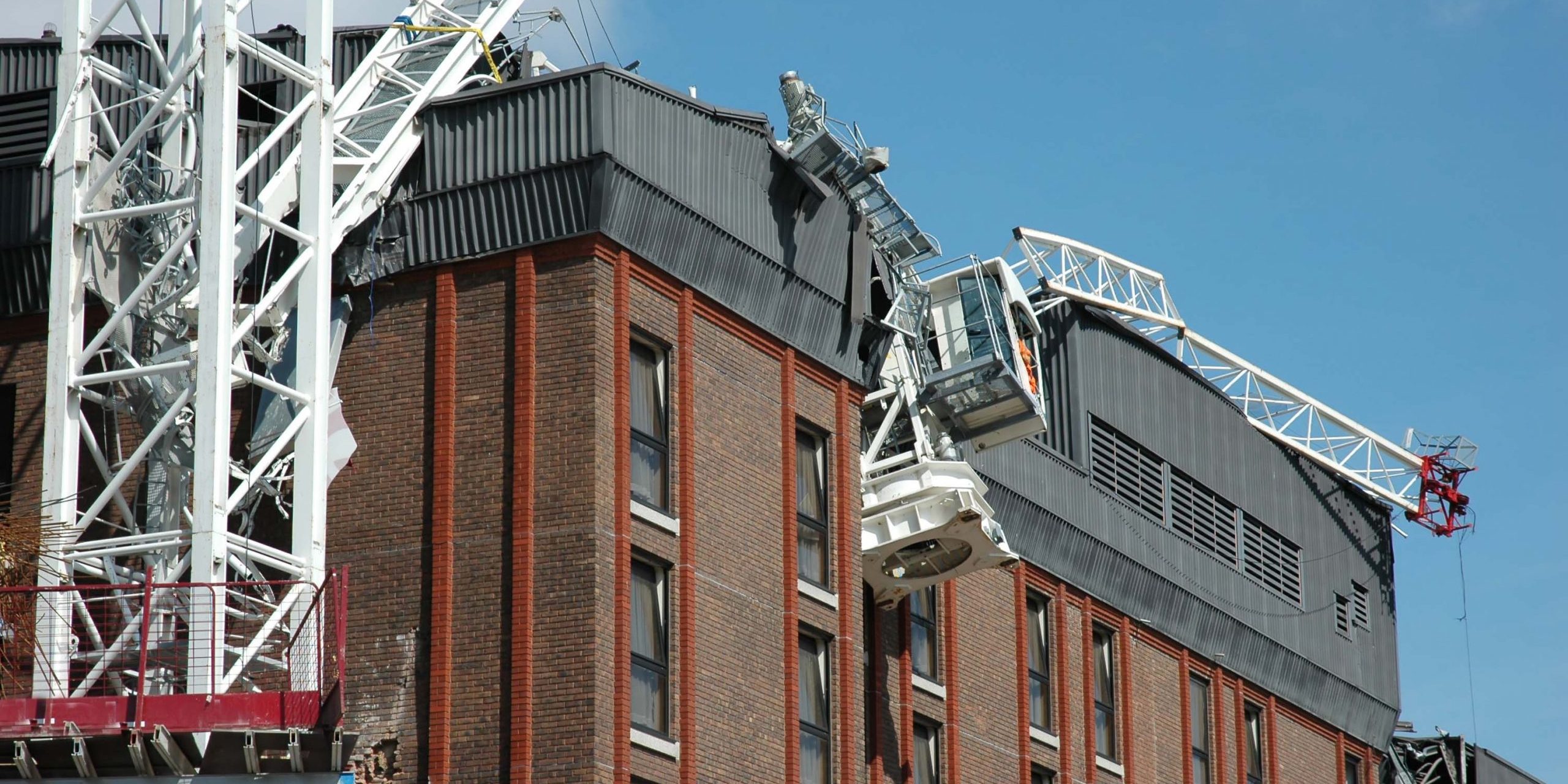
When you’re in the construction industry you already have lots to worry about: Keeping your workers safe in one of the most dangerous industries, uninsured or underinsured subcontractors, and finding experienced employees from a shrinking pool of talent.
Not only that, but lawsuits lurk in any project, exposing you to serious losses that can threaten the survival of your business. For these reasons, it’s important that you understand your insurance coverages and that you know how to address any deficiencies that may exist in your risk management strategy.
To make sure that you are not left exposed, we recommend the following:
Choose the right insurance company — We can help you find an insurance company with the experience in writing policies in your industry and the resources to tailor coverage to your needs. Remember, some large projects and lenders require that you are covered by only an A-rated insurer.
Don’t buy the cheapest policy — If the policy price is significantly lower than other insurers, that may be a red flag. Make sure the insurer will be covering what the project owner, your lenders and other stakeholders require. If you find out your policy is deficient after you’ve purchased it, you’ll have to cancel it and buy a new one. There go your profits.
Understand your policy — All policies have exclusions and you should understand what the insurance company will cover and what it won’t. We can sit down with you and review every line of your policy, including any additional insured endorsements or exclusions, so you know exactly what’s covered and what isn’t.
Don’t buy insurance you don’t need — We can do a thorough review of your business and its risks with your help. It’s important your coverage meets your needs and that you don’t carry coverage for risks you’re unlikely to face.
Use the correct class codes — It’s easy to misclassify certain employees, and if you err it can come back to haunt you. When it’s time for renewal, go through your books and make sure you have job descriptions for all of your employees. Keep track of your staff so that you get it right the first time.
Also, keep track of new employees that you hire (or let go) during the course of the year, so that adjustments can be made to your policy.
Avoid the independent contractor trap — During the last few years, the IRS, the Department of Labor and a number of state agencies across the country have been cracking down on the practice of worker misclassification.
There are many implications for classifying someone who is an employee as a contractor, and all of them are costly. You could be looking at back taxes, owing additional workers’ comp premiums, lawsuits, and more.
Don’t understate payroll — If your insurer audits your business and they find that your numbers just don’t add up, you could end up having to pay additional premium or risk policy cancellation.
Understand how ‘claims-made’ coverage works — “Claims-made” policies have lower up-front and ongoing costs and they only let you make a claim during the policy year during which a project is being built.
The biggest drawback of these policies is that if you have to file a claim years after the project is completed, you may be out of luck — especially if you’ve switched insurance companies.
Check your subs’ insurance certificates — Know whether or not your policy will cover subcontractors or if they need to carry their own liability coverage. Verify that any subcontractors you use have valid and current certificates of insurance.
Keep your policies current and up to date — Many factors should prompt you to revisit your insurance policy: Hiring new employees, buying new equipment or vehicles, or opening a new office. These types of changes should prompt you to review your coverage with us to ensure you stay fully protected.


